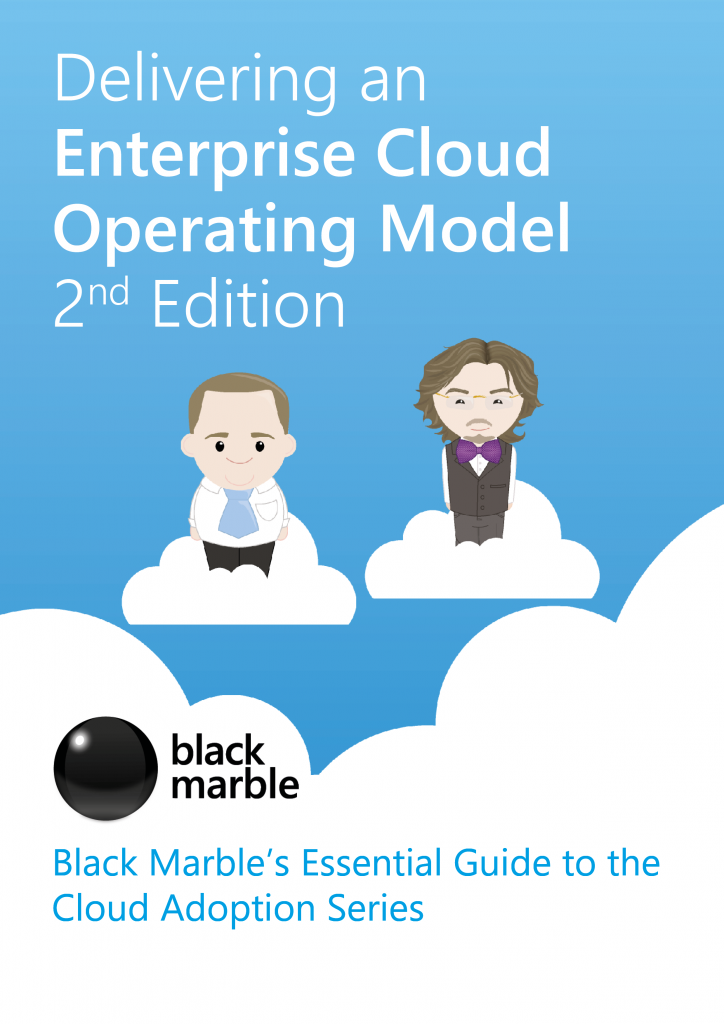Delivering an Enterprise Cloud Operating Model
There have been some major paradigm shifts in the history of computing with some of the most notable being marked, not only by changes in technology, but by changes in staffing that technology. When the computing standard for mainframe shifted to client/server, the staff model moved from computer operator to system administrator.
The same is true with a move to the cloud.
The cloud fundamentally changes how businesses procure and use technology resources. Traditionally, having had ownership and responsibility of all aspects of technology from infrastructure to software with the cloud, this allows businesses to provision and to consume resources only as needed. Moving to the cloud can bring increased business, agility, and significant costs benefits.
However, the journey to the cloud needs to be managed carefully at each stage; not just for delivery but for expectations and ROI. Even more significantly, the cloud opens up access to a range of on-demand cloud services, unavailable just 10 years previously. These include hyper-scaling, AI services and computing power; short-term consumption providing significant benefits.
All these services combined, provide business realisations that only the cloud can offer.
Transforming your business into a cloud-business is more than simply moving your systems and infrastructure into the cloud – your organisation needs a Cloud Operating Model (COM) to adopt a cloud-first mentality. It is important to guide your people away from traditional IT thinking, to ensure they realise business benefits and harness the true potential of the cloud, where adoption drives innovation. This white paper will cover how this can be achieved with the assistance of Black Marble.
For more information on Delivering an Enterprise Cloud Operating Model, get in touch for a copy of the white paper I put together with our CCO, Rik Hepworth.

Delivering an Enterprise Cloud Operating Model White Paper, 2nd Edition.